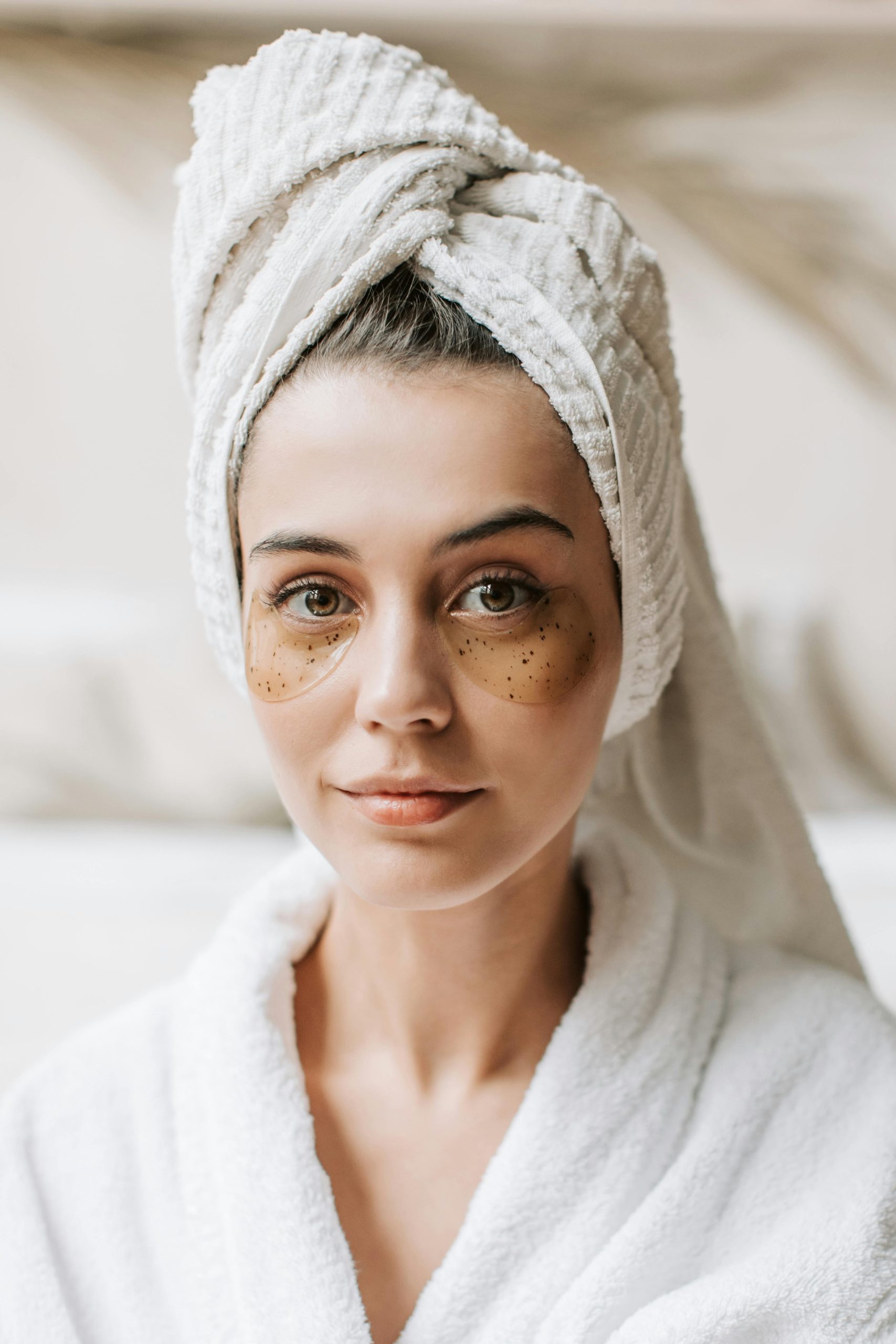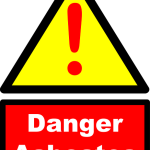Dark circles often result from various factors like genetics, lifestyle, or skin health. Identifying the root cause helps tailor treatments that truly work. Combining medical solutions with simple daily habits can achieve noticeable improvements, offering practical relief without unrealistic promises. This guide uncovers approaches backed by expert advice and real results to help you reduce dark circles effectively and confidently.
Understanding Dark Circles and Their Causes
Dark circles are a common concern affecting individuals across all ages and skin types. They typically appear as discoloration beneath the eyes in shades such as blue, purple, brown, or black, depending on skin tone and underlying factors. These shadows often give a tired, aged, or stressed appearance, prompting many to seek effective solutions.
Topic to read : Explore top facilities management services across the UK
Primary causes of under-eye darkness involve age-related changes, genetics, lifestyle, and skin health. As we age, skin naturally loses elasticity and thins, making blood vessels more visible and accentuating shadows. Genetic predispositions can also lead to pigmented skin or a tendency toward hollowing in the tear trough area. Lifestyle factors such as lack of sleep, dehydration, stress, smoking, and excessive alcohol consumption further exacerbate dark circles by impairing circulation and skin vitality.
The anatomy of under-eye darkness involves blood vessels, pigmentation, and skin texture. Increased visibility of blood vessels, whether due to thinning skin or dilation, can cause a bluish or purple hue. Pigmentation, caused by excess melanin or sun exposure, leads to brown or black shadows. Additionally, skin elasticity and collagen loss contribute to hollowed or sunken areas, casting shadowy effects that deepen the appearance of dark circles.
In the same genre : Explore transformative yoga retreats for every journey
Addressing these varies depending on the underlying cause. Effective under eye discoloration remedies focus on improving circulation, reducing pigmentation, and restoring skin volume and brightness. Treatments range from home solutions, such as cold compresses and proper sleep habits, to advanced procedures like dermal fillers and laser therapy. For persistent or severe cases, it’s advisable to consult a dermatologist for personalized Dark Circle Treatment options.
Medical and Cosmetic Treatments for Dark Circles
Scientific methods for reducing under eye discoloration remedies span topical, minimally invasive, and procedural options—each suited to the individual’s specific causes of under eye shadows. These professional options for eye contour correction have evolved, ensuring that both immediate and long-lasting improvement is possible while prioritizing skin safety and natural-looking results.
Injectable Fillers and Surgical Options
Volume loss beneath the eyes, a hallmark sign of aging, accentuates under eye shadows and contributes to a sunken appearance. Injectable fillers, especially those formulated with hyaluronic acid for hydration under eyes, offer rapid and effective correction. By replenishing lost volume, these treatments diminish under eye discoloration remedies and smooth contours for a fresher appearance. The best treatment protocols for fillers are individualized, taking into account the depth of shadows, differences between hereditary and lifestyle causes, and skin sensitivity. Though generally safe, it’s important to consider the pros and cons of fillers, including the risk of slight swelling or bruising, and the need for periodic maintenance.
For severe cases with significant skin laxity or excess fat, surgical procedures such as eyelid surgery may be discussed during consultations. Surgery remains a more permanent professional option for eye contour correction, especially when combined with non-surgical approaches, making it ideal for those seeking transformative and lasting results.
Laser and Light-Based Therapies
Laser therapy for skin tone improvement targets uneven pigmentation and boosts collagen production, making it effective for individuals coping with stubborn under eye shadows. Pulsed dye lasers, intense pulsed light, and fractional laser devices are used to gently resurface delicate under-eye skin, reducing pigmentation depth and refining texture. Notably, these professional options for eye contour correction must be tailored by qualified clinicians, considering both the root causes and skin thickness to avoid potential irritation.
Laser therapy also complements hyaluronic acid for hydration under eyes, supporting moisture retention and improving skin firmness. Those with deeper pigmentation or chronic concerns might require multiple sessions, each providing incremental improvement. It’s best to adhere to strict sun protection techniques for sensitive skin following these exposures, maximizing results and minimizing the risk of post-treatment hyperpigmentation.
Topical Treatments and Skin Rejuvenation
Topical approaches remain foundational for daily management and enhancement of results from medical interventions. Best creams for under eye puffiness often combine antioxidants, peptides, and moisturizing agents. Retinol benefits for delicate skin are well-established; this vitamin A derivative encourages cell turnover, lightens pigmentation, and helps rebuild a resilient skin barrier. Likewise, hyaluronic acid for hydration under eyes acts as a moisture magnet, visibly plumping fine lines and supporting the skin’s suppleness.
Natural solutions for eye area discoloration blend topical antioxidants for skin brightening, such as vitamin C, niacinamide, and botanical extracts, to safely target under eye shadows. Combination therapy—pairing topical regimens with periodic in-office treatments—maximizes efficacy, with topical antioxidants for skin brightening playing a pivotal role in ongoing maintenance.
Those seeking more noticeable results might consider chemical peel procedures for the eye area, which gently exfoliate and encourage skin rejuvenation. Consulting with a dermatologist ensures the best treatment is selected, based on individual triggers (such as effects of allergies on eye skin, lifestyle changes to reduce eye bags, and differences between eye bags and discoloration).
Each of these medical and cosmetic interventions, including professional options for eye contour correction, extend beyond aesthetics—supporting both comfort and confidence for individuals affected by persistent under eye shadows.
Home Remedies and Lifestyle Modifications to Reduce Dark Circles
Natural Remedies and Topical Approaches
Natural solutions for eye area discoloration often target both puffiness and pigmentation. Cold compresses—such as chilled cucumber slices, cold tea bags, or gel eye masks—contract blood vessels and may visibly reduce under eye discoloration remedies. Cucumber, particularly, contains antioxidants supporting skin brightening and can soothe tired eyes. For those seeking herbal extracts known to lighten skin, diluted green tea bags offer both antioxidants and mild anti-inflammatory effects.
Topical antioxidants for skin brightening, like vitamin C, are a popular part of home remedies for tired eyes. Many prefer over-the-counter creams with hyaluronic acid for hydration under eyes and caffeine for short-term de-puffing effects. The effectiveness of caffeine-based eye products lies in their ability to constrict blood vessels, reducing both swelling and the appearance of causes of under eye shadows. For hydration tips for sensitive areas, light natural oils such as almond or argan are common suggestions, but patch testing is needed before widespread use.
Diet, Hydration, and Sun Protection
Lifestyle changes to reduce eye bags routinely begin with nutritional support. Best foods for skin health include spinach, broccoli, and berries, due to their high content of vitamins K and C, which play a role in collagen-boosting methods for eye firmness. Ensuring adequate hydration is essential—dehydration can accentuate the impact of dehydration on skin color, making discoloration more pronounced. Omega-3 fatty acids (found in flaxseed and walnuts) help reduce inflammation and may indirectly benefit the delicate skin under the eyes.
Protection from sun exposure is considered one of the best sun protection techniques for sensitive skin. Daily use of SPF-containing eye creams helps minimize seasonal effects on skin pigmentation and the risk of hyperpigmentation around the eye area. Sunglasses with UV filters and broad-brimmed hats also decrease exposure. For those with a history of allergies, avoiding known irritants and using appropriate eye drops can help reduce the effects of allergies on eye skin, which often exacerbates swelling and darkness.
Sleep Hygiene and Stress Management
Sleep habits impacting eye appearance are frequently cited as one of the most modifiable causes of under eye shadows. Experts recommend at least seven hours of sleep per night, with the head slightly elevated to discourage fluid retention. Consistent routines—such as relaxing rituals before bedtime and limiting screen time—aid in sleep quality, which directly affects the appearance of tired eyes and promotes skin recovery.
The role of stress in skin aging should not be underestimated. Chronic stress increases cortisol levels, which may lead to thinner, more fragile under-eye skin and greater visibility of blood vessels. Incorporating relaxation techniques like mindful breathing, facial massage techniques for lymphatic drainage, or gentle facial yoga exercises for eye area may reduce morning puffiness and help with ongoing skin repair. Developing a consistent skincare regimen and tracking progress can further support long-term brightness and resilience in the under-eye region.
Preventive Practices and When to Seek Professional Advice
Sun Protection and UV Damage Prevention
Sun protection techniques for sensitive skin play a major role in minimizing under eye discoloration remedies and the development of under eye shadows. UV exposure triggers hyperpigmentation, intensifying both genetic and lifestyle causes of dark rings. Sunscreen formulated for the delicate eye contour, alongside broad sunglasses, will reduce seasonal effects on skin pigmentation and diminish the risk of further darkening caused by sun exposure. Incorporating SPF specifically for eye area prevents exacerbation of existing issues and is particularly vital for individuals with a history of pigmentation problems.
Recognizing Signs for Medical Evaluation
Consistent skincare routines can alleviate many visible concerns, yet some symptoms require prompt dermatologist consultations. If under eye discoloration remedies do not result in improvement or if swelling, persistent pain, or changes in the color and thickness of the skin arise, early professional intervention is advised. The importance of dermatologist consultations grows when over-the-counter treatments or natural solutions for eye area discoloration fail, especially for patients who notice rapid changes or asymmetry, which may point to underlying health issues. Professional guidance ensures that severe cases are distinguished from routine age-related changes in eye area appearance.
Long-term Maintenance and Routine Care
Developing a consistent skincare regimen supports long-term improvements, blending products with evidence-backed skincare ingredients for maintenance and preventative care. Key practices include avoiding irritants and allergens, especially fragrance-heavy or harsh chemical formulations often unsuitable for sensitive areas. Safe use of concealers and color correctors should always involve patch testing new products and adherence to guidelines for product ingredients to avoid further irritation. For ongoing management, assessing product safety for delicate skin, monitoring skin response, and making necessary adjustments form the foundation for sustainable results.
Lifestyle changes to reduce eye bags—such as improved hydration tips for sensitive areas and prioritizing sleep habits impacting eye appearance—complement topical antioxidants for skin brightening. Regular dermatologist consultations help inform the safe integration of vitamin-rich treatments for eye rejuvenation, ensuring that any under eye shadows or pigment issues are addressed proactively and holistically.











